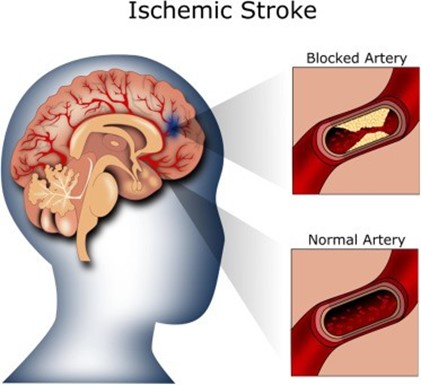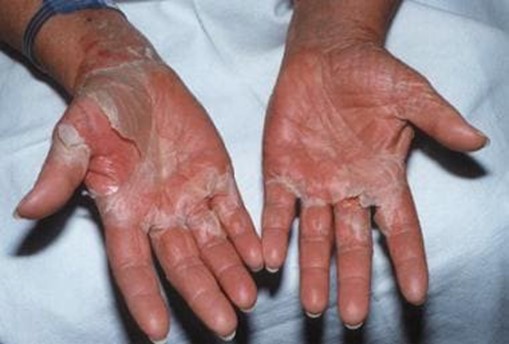A nurse suspects that a client who has diabetes mellitus is experiencing hypoglycemia.
Which of the following assessment findings supports this suspicion?
Cool, clammy skin.
Acetone breath.
Kussmaul respirations.
Increased urine output.
The Correct Answer is A
This statement indicates an understanding of the teaching because cool, clammy skin is a common symptom of hypoglycemia.
Choice B is incorrect because acetone breath is a symptom of hyperglycemia (high blood sugar), not hypoglycemia (low blood sugar).
Choice C is incorrect because Kussmaul respirations (deep and labored breathing) are a symptom of hyperglycemia, not hypoglycemia.
Choice D is incorrect because increased urine output is a symptom of hyperglycemia, not hypoglycemia.
Nursing Test Bank
Naxlex Comprehensive Predictor Exams
Related Questions
Correct Answer is A
Explanation
The nurse should ensure that the client is discharged with antithrombotic pharmacologic therapy.

Antithrombotic medications help prevent blood clots from forming and can reduce the risk of another ischemic stroke.
Choice B is wrong because diuretics are used to treat fluid retention and high blood pressure and are not typically used for stroke prevention.
Choice C is wrong because anticonvulsants are used to prevent seizures and are not typically used for stroke prevention.
Choice D is wrong because opioid analgesics are used to treat pain and are not typically used for stroke prevention.
Correct Answer is D
Explanation

Toxic shock syndrome (TSS) is a life-threatening condition caused by bacterial toxins.
Common symptoms include high fever, low blood pressure, headache, rapid heartbeat, nausea and vomiting, muscle pain, malaise, confusion, and rashes on the soles and palms.
A generalized rash resembling a sunburn is one of the possible signs and symptoms of TSS.
A. Elevated platelet count: TSS does not cause an elevated platelet count.
B. Decreased total bilirubin: TSS does not cause a decrease in total bilirubin levels.
C. Hypertension: TSS causes low blood pressure (hypotension), not high blood pressure (hypertension).
Whether you are a student looking to ace your exams or a practicing nurse seeking to enhance your expertise , our nursing education contents will empower you with the confidence and competence to make a difference in the lives of patients and become a respected leader in the healthcare field.
Visit Naxlex, invest in your future and unlock endless possibilities with our unparalleled nursing education contents today
Report Wrong Answer on the Current Question
Do you disagree with the answer? If yes, what is your expected answer? Explain.
Kindly be descriptive with the issue you are facing.
